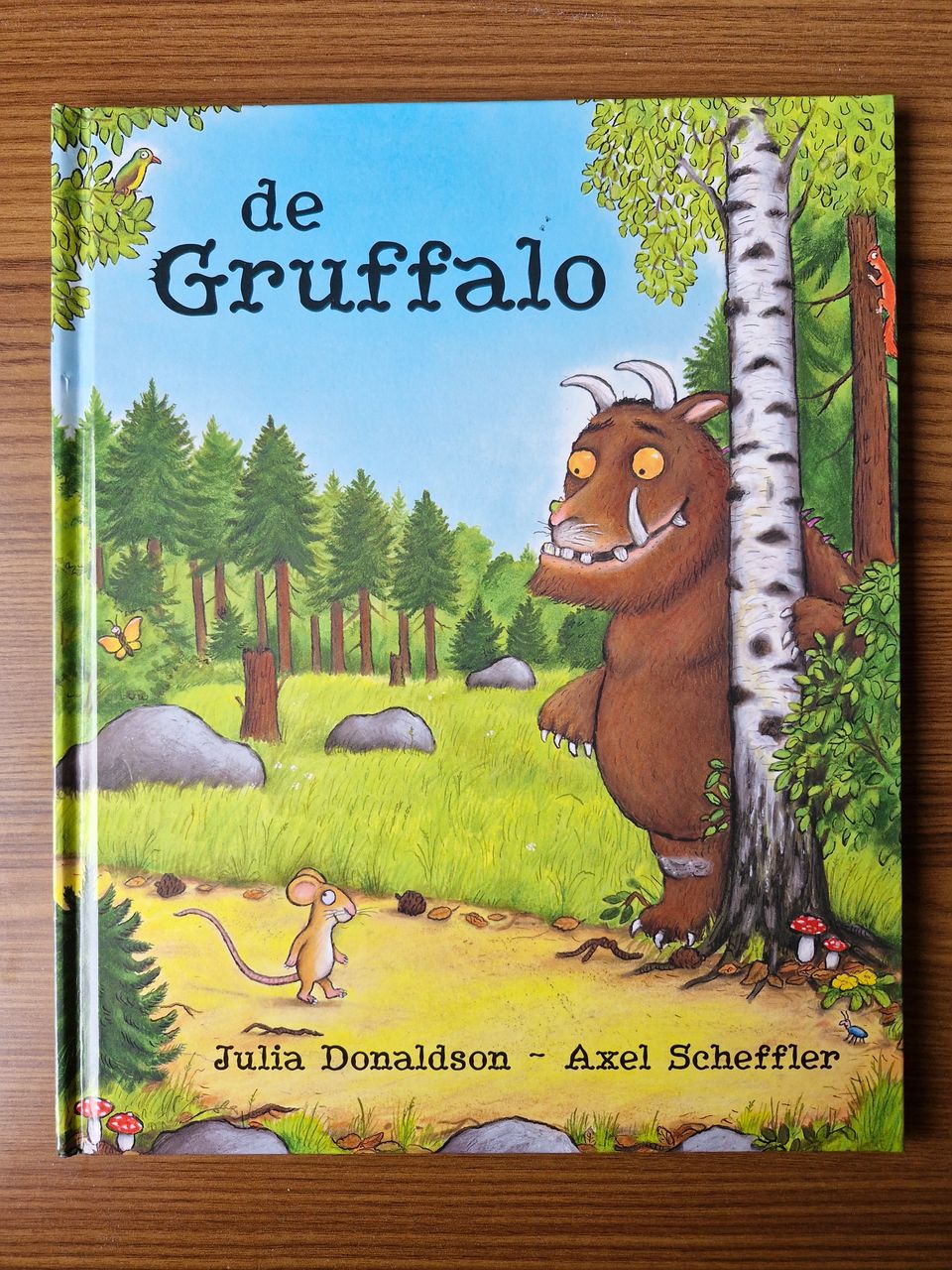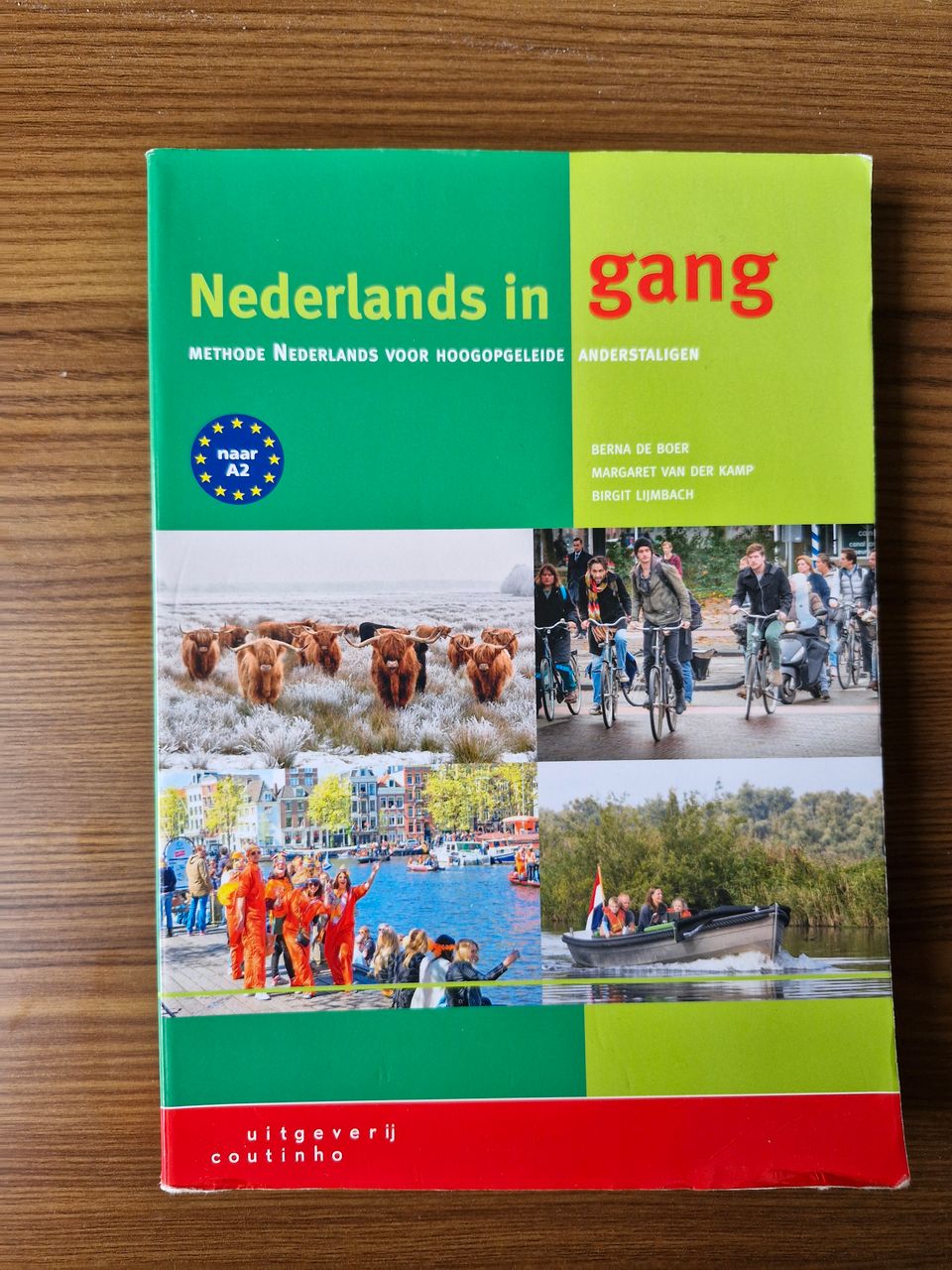Sibilla's Dutch Language Journey
Praat Nederlands Met Me is a campaign Leiden International Centre has been working on to encourage more internationals to learn and practice Dutch regularly. As LIC's Communication Officer , and the one responsible for this campaign, I should start by setting a good example! I originally come from Italy, and while I have been living in the Netherlands for more than three years already, I only started learning Dutch a few months ago. But, as my story shows, it’s never too late!
In this article, I will tell you how I came to the decision to learn Dutch, the steps I took and a bit about how it is going.
Why I decided to start learning Dutch
First things first, why did I finally decide to start my language journey? Well, there are many reasons as to why internationals should learn Dutch, but each person is different. For me, there were three main reasons:
-
Getting a job and starting a career in the Netherlands. As you could expect, to work in communication in the Netherlands it is rather handy to know Dutch.
- Love and family. Well, this is an easy one for the many that, like myself, have ended up in a relationship with a Dutchie. Dutch people speak on average very good English and will make the effort to speak in English to you. But it is rather hard to participate in a larger conversation at the dinner table with the rest of the family, or understand what’s going on: is someone leaving the party? Why is everyone laughing? You can’t always rely on the translation of your other half!
-
Long term. When I decided that I wanted to settle in this country, I had to come to terms with the fact that, without knowing the language, I would always be somewhat isolated, walking around in a bubble. On top of this, I would constantly struggle with the language barrier in my everyday life: from simple messages in a group chat, to letters from the tax office. Sure, technology has made it so that instant translation is quickly available, but that extra step can make things more complicated, or prevent me from even trying to read and therefore risk missing something important.
Once it was clear to me that the Netherlands would be my home for the next few years, I began to look at my options to learn the language.
How did I start
The reasons to learn Dutch can be subjective, but the ways of actively doing it can be even more personal. For some people, a total immersion in the culture, for instance by watching movies, can be enough to start picking up the basics. For me, that is not the case: even after three years of living here I could only say fiets and dank je. It soon became apparent that I needed a more structured approach, so I dived in and looked at my options.
-
Self-learning. This is quite popular on YouTube, and there are many resources freely available online. Especially when your budget is low, learning by yourself can be a good start. You can buy a handbook and read through the basic grammar and practice what you learn with easy language media content, like children's books or tv shows, or by going to Dutch conversation meet ups.
-
Regular Dutch course. This is more common, though it can be expensive if your employer does not support your training. Usually the course lasts a few months, with classes once or twice a week for a couple hours each, and slowly but steadily builds up your knowledge with a professional teacher. Another benefit of this is getting to meet new people.
-
Intensive Dutch course. Surely an investment in money and time, an intensive course can bring up your level in just 3-4 weeks.
-
One-to-onelessons. An alternative that many learners choose is to meet with a teacher for individual lessons. Depending on how many lessons you need, this can be more or less expensive than a course, and more intense and focused on your needs.
Knowing myself, I already knew that a course was what I truly needed: the regularity of going to class allows me to really focus on the task, as well as giving me some level of accountability in doing my homework that self-learning would not give me. On top of that, I found myself in the lucky situation of having a supportive employer that not only funded the training but also allowed me to take some time off work for it. This is why I eventually decided to start with an intensive course. However, in preparation for it, as well as after, I did do some self-learning: children's books are a passion of mine, so I have gathered a few to read and re-read as my Dutch progresses and I acquire more vocabulary.

My experience with Dutch language courses
I followed my first Dutch course last summer: it was an intensive course of three weeks offered by Leiden University and quickly brought me to an A1 level. It was a lot of work, but highly rewarding. In just a few weeks I felt more confident reading Dutch as well as having short and simple conversations with my partner and my classmates. However, that skill was freshly acquired and unstable, so I decided to start another course a few months later to solidify my knowledge and progress a bit further. This second time I went with a regular course, twice a week in the evening.

I decided to keep attending at Leiden University as it is advisable to follow A1 and A2 at the same school, since methods and books can differ and make it harder to progress from one level to the other. Unexpectedly, this second course felt more intensive in terms of energy than the previous (intensive) one. Making the time to go to class two evenings every week is not so simple, and I had to renounce other activities and plan around my classes a lot. On top of that, I also had to make time for homework, which was still quite time consuming. Nonetheless, I reached the end of the course and proudly gained my A2 certificate… and what a difference!
My new everyday
Having reached an A2 level, I am now confident enough to have conversations with coworkers and strangers. I do not always understand what they say, and sometimes the accent makes it really hard, but I do have the means to make them understand me and ask for clarification. My proudest moment so far has been to have conversations in Dutch at a work event: not only could I use my Dutch with people I do not know well, but I could also understand them through the noise of the crowded room! I mean, I still speak like a child and make many mistakes, but through all that people can still understand what I say, and that is a huge change. The fear of making mistakes can be a huge obstacle for new learners, but my tip is to just dive in and remember that the first role of the language is to communicate: can people understand what you mean, even if you are saying it wrong? Then that’s all you need to start!
Another thing has changed in my life in the past few months: remember those family dinners where I could not understand anything? Well, now I can participate and understand what is happening around me without someone explaining it. Most of the times I still respond in English, but it’s so nice to be able to join in!
Of course, all this needs constant practice to avoid getting rusty and forgetting all my (little) vocabulary. I do try to use Dutch in my everyday life as much as possible: in the shops, with strangers, but also by avoiding translating every little thing – whether that is instructions to make a soup or work emails. I also use it every now and then with my partner and with coworkers – it’s so rewarding when Dutch people compliment you on your efforts.
My plan for the near future is to keep practicing: I will try and join a conversation meet-up or language café, and consume more Dutch media – not only children's books but also a tv series could be a good idea. I will come back with more stories from my language journey but until then, tot ziens!